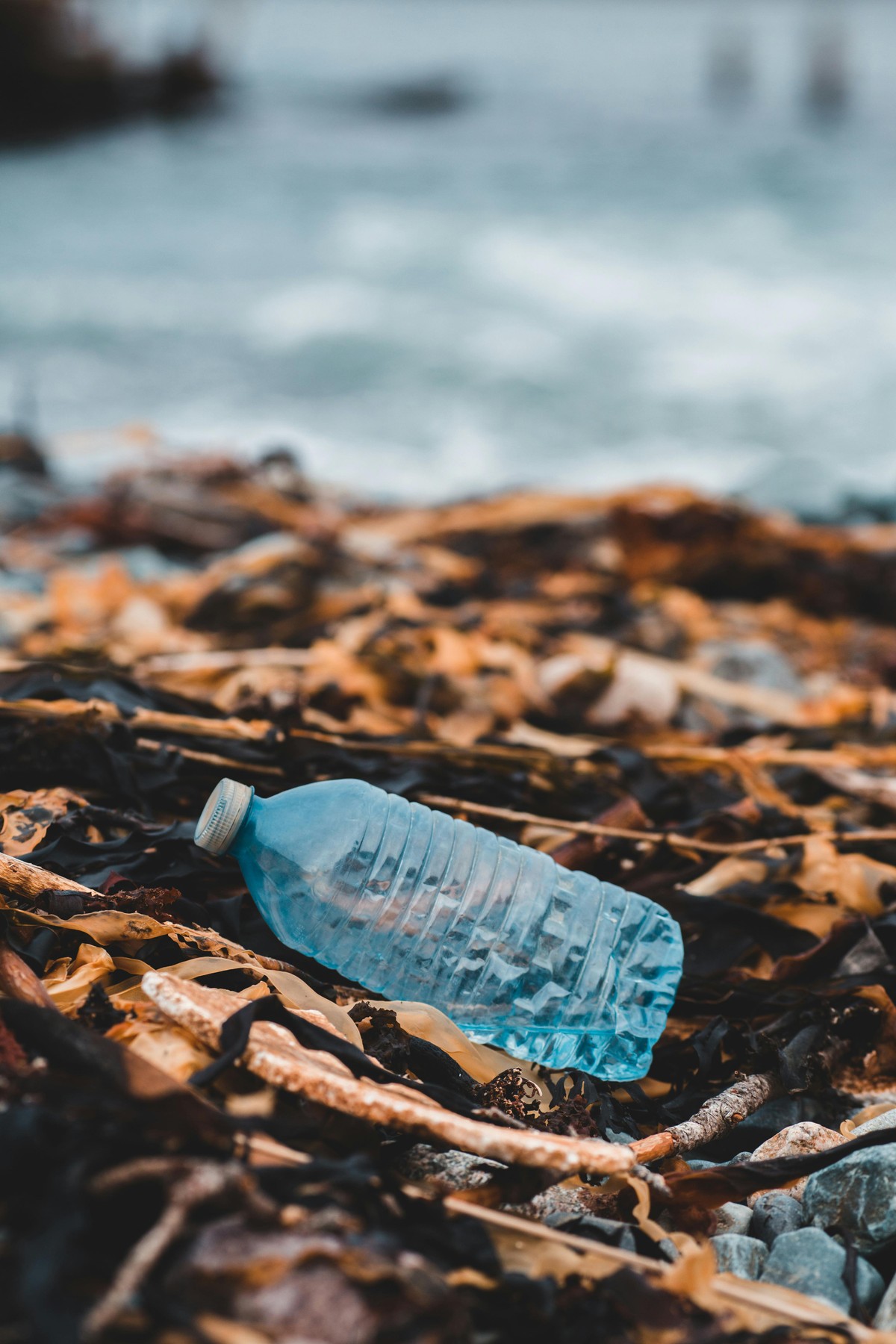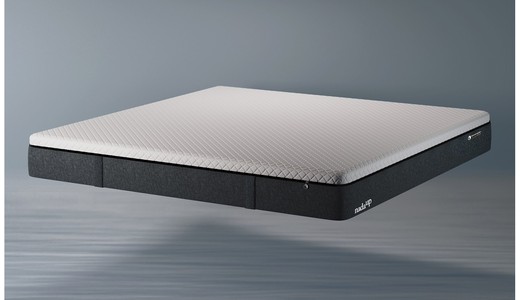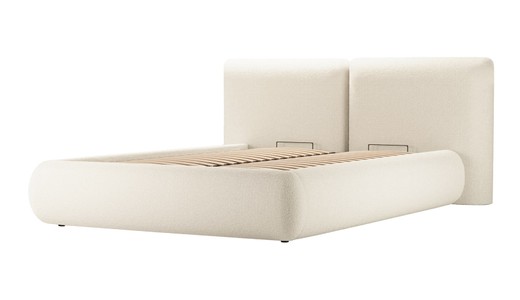Microplastics in Our Bodies: Detox Strategies and the Sleep Connection

Microplastics are plastic particles less than 5 millimeters in size. They form through the breakdown of larger plastics or are intentionally manufactured for industrial applications. These tiny invaders are now found in oceans, soil, drinking water, food, and, alarmingly, within human tissues. Due to their microscopic size, microplastics can easily enter the human body through ingestion, inhalation, and even skin absorption.
Sources of Microplastics
The main sources include:
-
Degradation of plastic packaging and containers
-
Microfibers released from synthetic clothing during washing
-
Personal care products containing microbeads
-
Tyre and road wear particles
-
Industrial waste and construction dust
These particles are distributed widely via soil erosion, ocean dumping, rainwater runoff, and airborne dispersion. Marine life consumes them, allowing microplastics to enter the food chain, especially through seafood.
Health Impacts of Microplastics
Recent studies have identified microplastics in blood, lungs, liver, placenta, and even breast milk. Research suggests these particles can:
-
Induce oxidative stress and inflammation
-
Disrupt hormonal balance as endocrine disruptors
-
Cross the blood-brain barrier, impairing neurological health
-
Affect fertility and increase risks of birth complications (Yue et al., 2024)
A 2025 study by Sutkar et al. found that chronic exposure to microplastics correlates with metabolic dysfunction, immune suppression, and cardiovascular risk.
Detection Methods
Microplastics can be detected using:
-
Blood spot microscopy (home test kits)
-
Urine or stool analysis in laboratories
-
Tissue biopsy (for scientific research)
-
Spectroscopy and chromatography for precise detection
Some European clinics are even piloting blood-filtration therapies, though these remain experimental.
Natural Detox Strategies
The human body possesses built-in detox systems - the liver, kidneys, lymphatic system, and skin. However, modern toxin exposure can overwhelm these mechanisms. Here are practical, natural ways to reduce microplastic burden:
1. Sleep Deeply and Consistently
Deep sleep activates the glymphatic system - a brain-based detox network that removes waste and may help clear foreign particles, including microplastics. Poor sleep disrupts this process, leading to toxin buildup.
2. Sweat It Out
Sweating through exercise or sauna therapy helps release toxins, including heavy metals and potentially microplastics. It also supports circulation and lymphatic flow.
3. Eat Smart
-
Avoid ultra-processed foods and plastic-packaged meals.
-
Use glass or stainless-steel containers.
-
Increase fiber intake to aid gut detox.
-
Include detoxifying foods such as chlorella, spirulina, broccoli sprouts, and cilantro.
-
Drink filtered water from glass bottles.
4. Time Your Meals
Eating earlier and maintaining a 12-14 hour fasting window overnight allows the digestive system to rest and detoxify effectively.
5. Support With Supplements
Natural binders like activated charcoal, bentonite clay, and antioxidants (glutathione, vitamin C, NAC) can help neutralize and remove plastic-related toxins.
Can Sleep Help Detoxify Microplastics?
Yes. Deep, restorative sleep - especially during slow-wave stages - is essential for glymphatic clearance. Poor posture, spinal misalignment, or low-quality mattresses can interfere with deep sleep and reduce detox capacity.
The NadaUp Mattress Advantage
NadaUp mattresses are engineered with clinically tested Mammoth Medical Grade™ foam, approved by MHRA, NICE, ACPOHE, and CSP. They provide:
-
Spinal Support & Posture Relief: Promotes optimal spinal alignment for glymphatic efficiency.
-
Cooling Sleep Environment: Up to 69% faster cooling for deeper sleep.
-
Motion Isolation: Fewer sleep disturbances for improved REM and deep sleep.
-
Certified Pressure Relief: 60% better pressure redistribution, supporting lymph flow and recovery.
Backed by University of Oxford and Northumbria University research, NadaUp mattresses foster optimal sleep quality, a foundation for effective detoxification.
A Story of Recovery
Imagine someone living in a noisy city, surrounded by pollution and plastic. They sleep on a poor-quality mattress and wake up tired every morning. After switching to a NadaUp ergonomic sleep mattress, eating cleaner, and dining earlier, their sleep deepens, inflammation drops, and within months they experience better digestion, clearer skin, and sharper focus.
This is not magic - it’s biology supported by science and mindful habits.
Conclusion
Microplastics have become part of our biological reality - but they don’t have to define it. Through intentional living - especially restorative sleep and reduced exposure - we can reclaim balance.
Sleep is not a luxury; it’s a natural detox system.
And NadaUp provides a scientifically validated way to enhance that process.
References
-
Sutkar, P., Dhulap, V., Girigosavi, S., Deshmukh, S., & Desai, M. (2025). Microplastics in the Human Body: A Comprehensive Review of Exposure, Detection, and Health Risks. Wastewater Purification, 1(1).
-
Yue, S., et al. (2024). Marine Microplastics and Infant Health. arXiv:2410.17391.
-
Vethaak, A. D., & Legler, J. (2021). Microplastics and human health. Science, 371(6530), 672–674.
-
Turner, A. D. (2021). Micro- and nanoplastic induced cellular toxicity in mammals: A review. Science of The Total Environment, 757, 143944.
-
Carson, R. (1962). Silent Spring. Houghton Mifflin.









